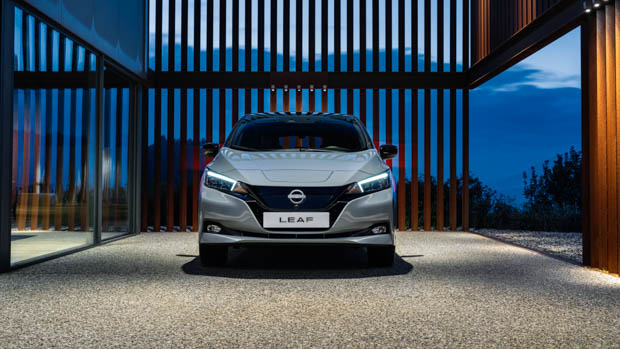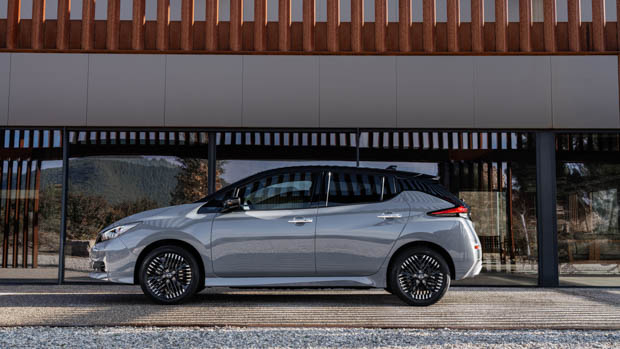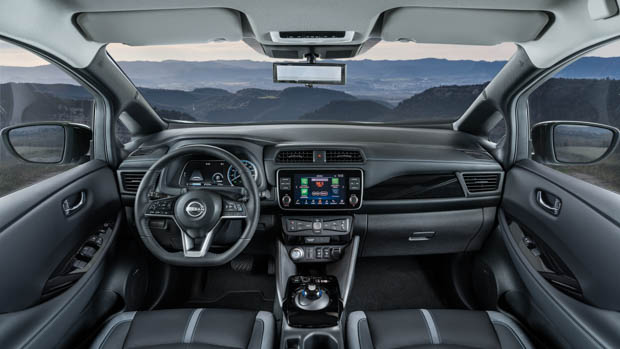-
Car Reviews
- Car News
-
Car Comparisons
Latest comparisons
- Chasing Deals
The pure-electric Nissan Leaf has returned to Australia with a new look and a more expensive price tag
The updated 2023 Nissan Leaf will land in Australia this August, with new alloy wheel designs and other minor styling changes – plus technology upgrades.
The changes are designed to make the Leaf more competitive with newer, fresher rivals from Tesla and Polestar, tiding Nissan Australia over until the eventual arrival of the company’s newer Ariya electric SUV.
But the changes don’t come for free, with Nissan increasing the price of both Leaf variants in Australia. The entry-grade 110kW Leaf sees its price upped by $1000 to $50,990 before on-road costs, while the 160kW Leaf Plus is up $1000 to $61,490 before on-roads.
The stylistic updates include new badging, a revised front grille, new rear diffuser, sports side sills and freshly-designed 17-inch alloy wheels which Nissan says gives the Leaf “a new visual signature”.
The Nissan Leaf features a unique sound system called Canto which activates at speeds less than 30km/h and alerts nearby cyclists and pedestrians that there is an electric vehicle nearby.
Obviously, as electric cars are nearly completely silent and do not have an engine sound, this is an important feature that should be fitted to all new electric cars sold on the new car market.
Other interesting features incorporated into the new Nissan Leaf include a digital rear-vision mirror that doubles as a standard mirror as well as extensive safety features including intelligent cruise control, 360-degree camera, front and rear parking sensors, AEB with pedestrian detection and front, front side and side-curtain airbags.
Two battery configurations are available for the Leaf: the standard model that has a battery range of 270km (WLTP) or the Leaf e+ which offers 385km (WLTP) of driving range.
The standard Nissan Leaf has a 110kW/320Nm electric motor while the Leaf e+ has a more powerful 160kW/340Nm electric powertrain.
Charging the Leaf on a wallbox at home will take between 7.5-11.5 hours, but if you choose to charge the battery using a DC fast charger, that time will drop to around one and a half hours from 20 percent to 80 percent charge.
All prices listed are before on-road costs.
Latest news
About Chasing cars
Chasing Cars reviews are 100% independent.
Because we are powered by Budget Direct Insurance, we don’t receive advertising or sales revenue from car manufacturers.
We’re truly independent – giving you Australia’s best car reviews.


